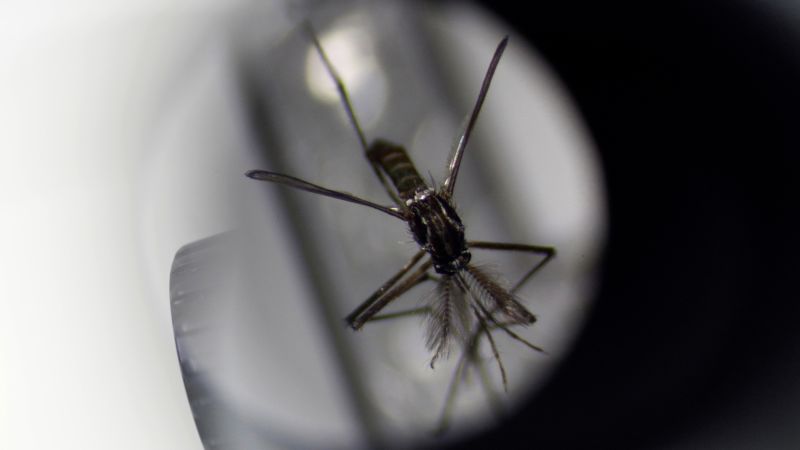
CNN
—
There are very few winners in the climate crisis, but scientists are pretty sure there’s going to be at least one: Mosquitoes.
These insects – annoying at best, deadly at worst – thrive in warmth and humidity. As climate change ushers in more frequent and more severe heat waves, as well as storms and floods that leave behind pools of stagnant water in which most breed, it’s boom time for mosquitoes.
For the first time in decades, the US Centers for Disease Control and Prevention is warning of several locally acquired cases of malaria in the United States – news that has thrust mosquitoes into the spotlight. While it’s too soon to know whether these specific cases are connected to climate change, scientists have been warning that malaria could become more common in the US as temperatures rise there.
It has raised fresh concerns about mosquitoes pushing into regions they have not been in for generations – or ever – and what that might mean for the spread of the deadly diseases they transmit.
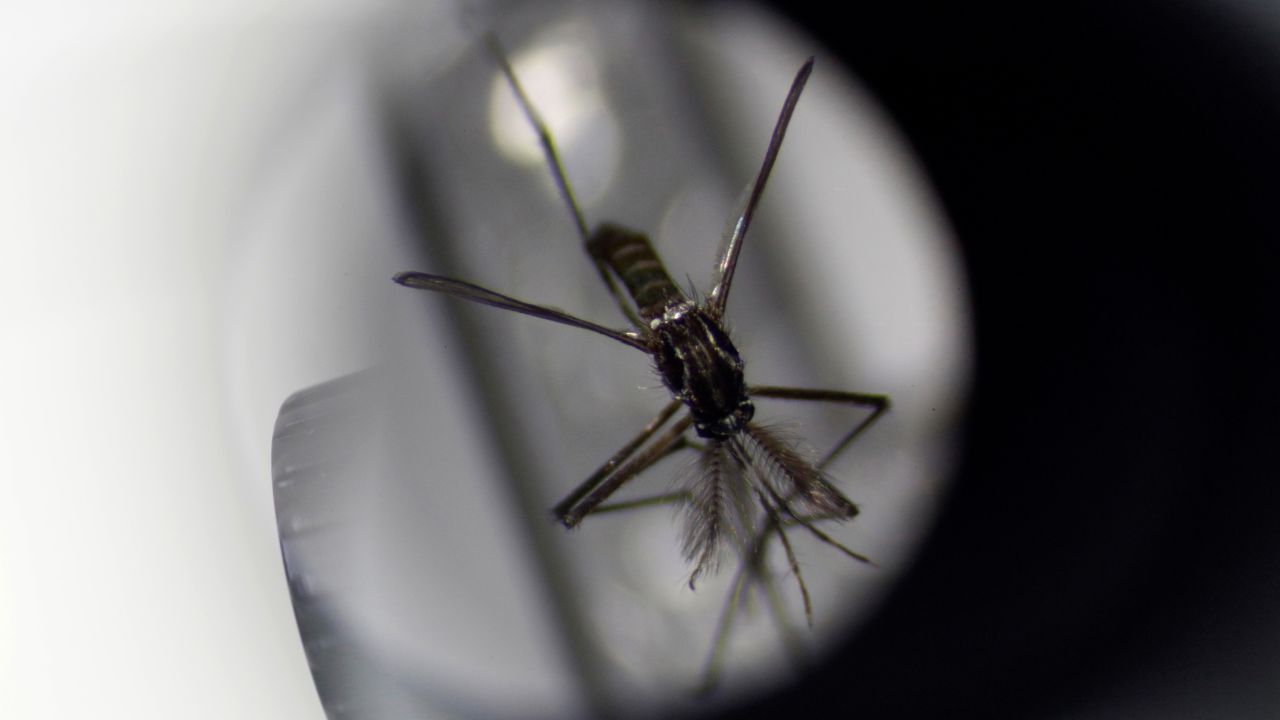
Rising temperatures allow mosquitoes to grow faster and live longer. Whereas before they would die out during harsh winters in many places, now they have a greater shot at surviving and more time to build up their populations. Heat also speeds up the time it takes for a parasite or virus to mature inside a mosquito.
“The hotter the temperature gets, the shorter that process becomes. So not only are these mosquitoes living longer, but they’re potentially becoming infectious sooner,” said Oliver Brady, an associate professor at the London School of Hygiene and Tropical Medicine.
They gain other benefits from heat, too. When it’s hotter, more people tend to be outside in the morning and late in the afternoon – prime time for mosquitoes.
Heat is also pushing cities to increase their amount of green space, which has a vital cooling effect but could also provide ideal new breeding grounds for the blood-sucking insects.
In the US, the number of “mosquito days” – those with the hot and humid conditions they love – has increased across the country, according to a recent analysis from Climate Central, a nonprofit research group.
Researchers looked at data spanning more than four decades in nearly 250 locations and found that more than 70% of them had become more hospitable to mosquitoes.
While most of the approximately 200 mosquito species in the US are harmless, there are about a dozen which can pass on diseases to humans, including chikungunya, dengue, zika and West Nile viruses.
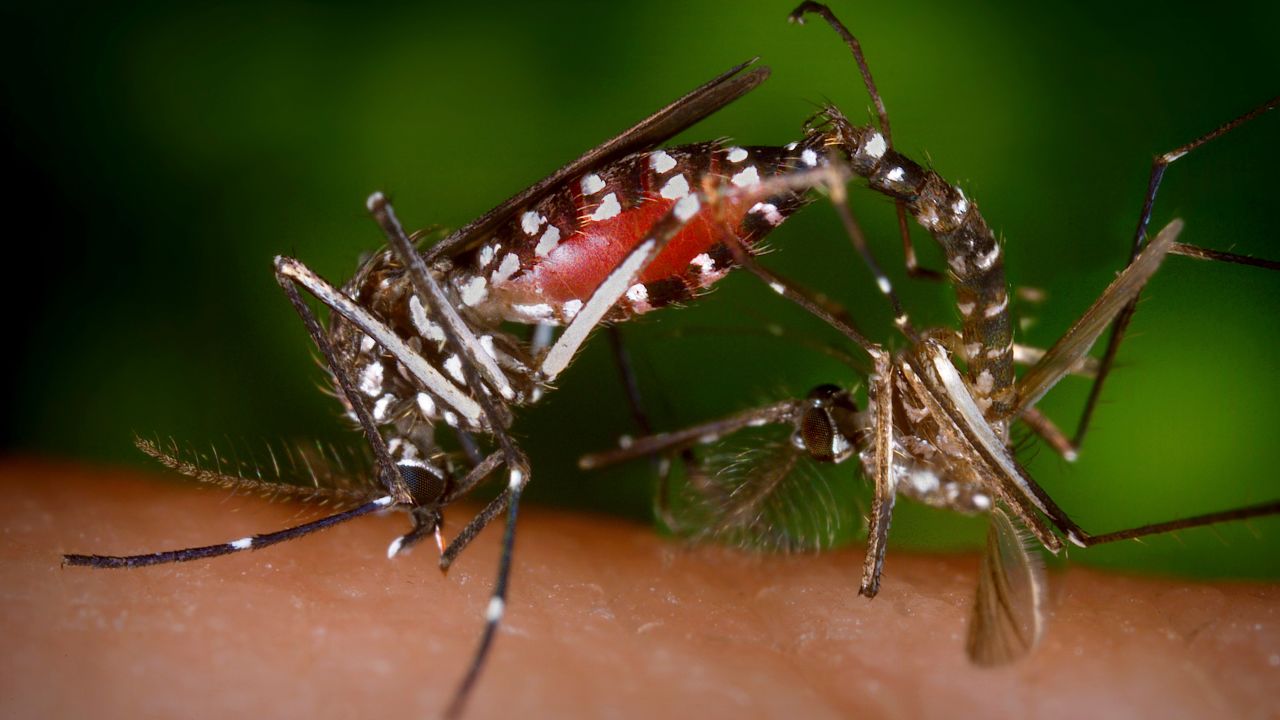
While serious mosquito-borne diseases recmain rare in the US, other countries are not so lucky.
In sub-Saharan Africa, where malaria has had devastating consequences, climate change is helping mosquitoes expand their range significantly, according to recent research.
Malaria-transmitting Anopheles mosquitoes have, on average, moved to higher elevations by around 21 feet a year and southward by nearly 3 miles a year, a Georgetown University report found.
It’s a pace that follows climate change and could have significant consequences for areas that have never experienced malaria before and are likely to be unprepared, said Colin Carlson, a global change biologist at Georgetown University and co-author of the report.
Dengue fever is another potentially deadly disease, which is poised to increase in a warmer world.
Also known as “breakbone fever,” it causes fever, nausea, vomiting, fatigue and diarrhea and, in some cases, internal bleeding and death. There is no cure or specific treatment for dengue, leaving sufferers little choice but to ride out the symptoms.
Peru is currently grappling with the worst outbreak of mosquito-borne dengue fever on record, which has infected around 150,000 people and killed more than 250.
Experts have said that unusually high levels of rainfall and warmth have provided ideal conditions for the mosquitoes. While scientists are yet to assess the role climate change has played in the outbreak, Carlson said the links seem clear.
“I’m not a betting man, and I would put money on when we go and do that study, it will be climate change,” he said.
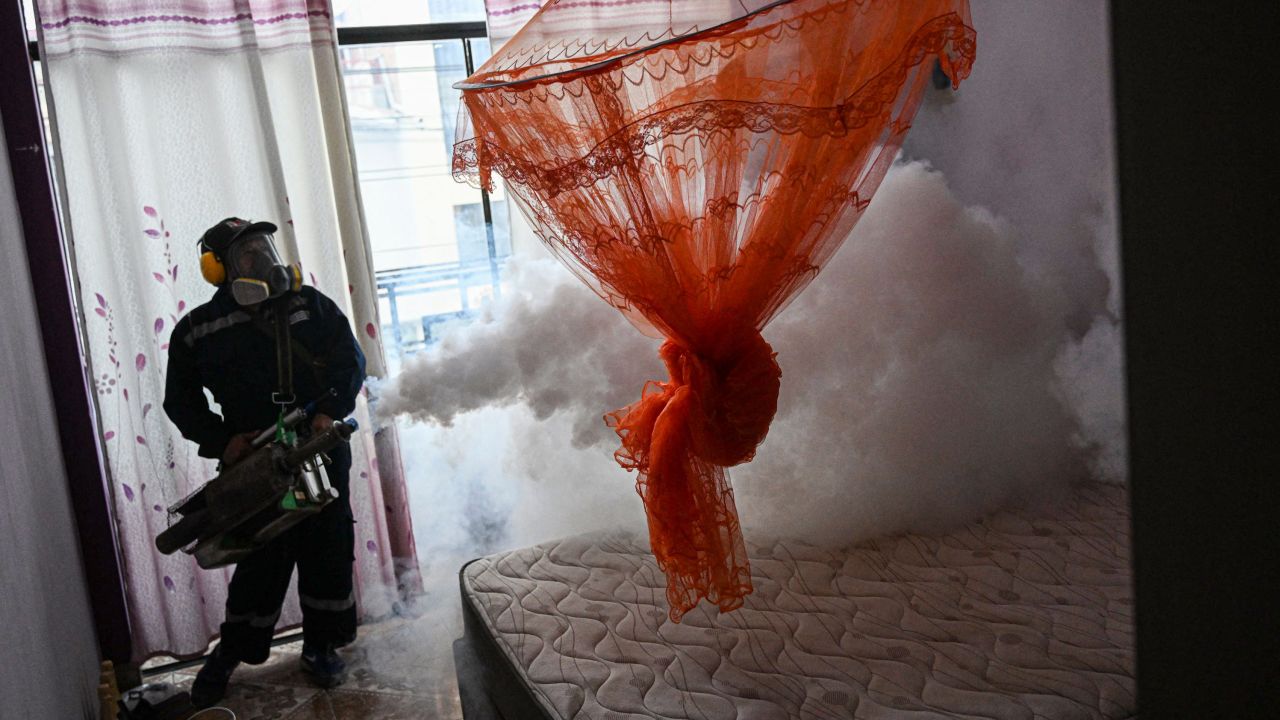
Now dengue is knocking on the door of Europe and the US.
“A billion new people will be exposed to the right weather conditions for dengue transmission, and most of those people are in Western Europe and the United States and temperate China,” said Carlson.
There have been locally spread outbreaks in Texas, Florida, Hawaii and Arizona. And last week, the European Centre for Disease Prevention and Control warned that the Aedes albopictus species – which can transmit dengue and chikungunya – is pushing northwards and westwards in Europe as climate change grips the world’s fastest warming continent.
“What is surprising is the speed of the spread,” Celine Gossner, principal expert in emerging and vector-borne diseases at the ECDC, told CNN. In just a decade, the number of regions where this mosquito is established has increased three-fold, she said.
Even with this new exposure, however, the US and Europe are unlikely to see huge outbreaks, or large numbers of fatalities from dengue virus.
“The story of future change is really more about big increases in areas that already have dengue, that’s going to get much worse,” Brady said. He pointed to China and parts of India as particularly at risk. “That’s a really scary situation because vast numbers of people live in these areas and even minor changes could potentially be catastrophic,” he said.
Communities already on the front lines of the climate crisis are always going to be most affected by mosquito-borne disease, and that is where investment should be directed, said Shannon LaDeau, a disease ecologist at the Cary Institute of Ecosystems Studies.
But the shift of mosquito-borne diseases into regions like the US and Europe is still likely to be a shock.
“Folks that live in the temperate zone are going to see their way of life change pretty dramatically because they’ve never had to worry about it before,” LaDeau told CNN.
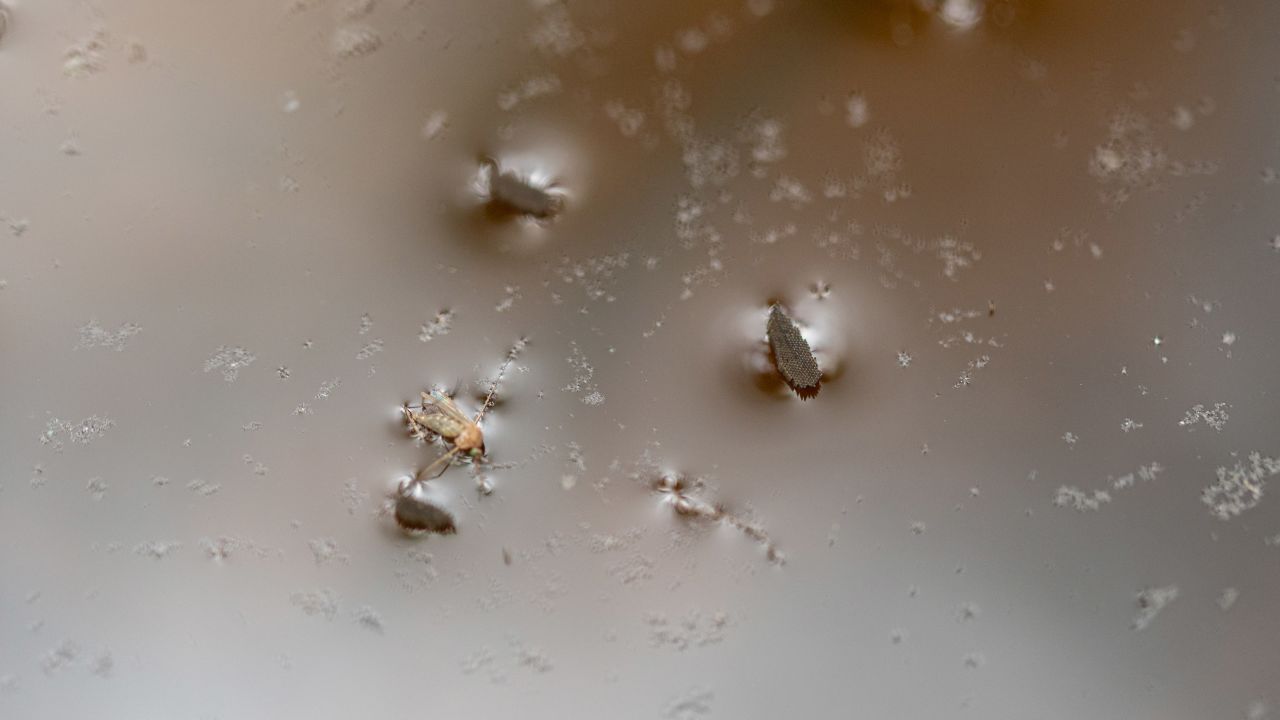
The climate crisis is not all upside for mosquitoes. Some places may simply be getting too hot.
“There’s some threshold after which the chemistry in their body just doesn’t function anymore,” LaDeau said. The bad news is that these places are likely to be getting too hot for humans, too.
There is still much that remains unknown about how mosquitoes will react to the climate crisis. The relationship between climate change and disease is complex, Gossner said.
We know a lot about how temperature changes mosquitoes’ ability to transmit disease, a small amount about how quickly mosquitoes are moving to new places and very little about whether overall mosquito populations are growing, Carlson said.
Scientists are working to develop tools to be able to better assess the link between mosquito-borne diseases and climate change.
In the meantime, there are ways people can protect themselves from risk, including wearing mosquito repellent, putting screens on windows and doors and getting rid of any stagnant water from places like flowerpots and gutters.
Scientists are also working on high-tech methods to reduce populations. A project in Florida has been trialing a genetically modified mosquito designed to pass on a lethal gene that kills female mosquitoes – which are the ones that bite.
Other experiments involve using wolbachia bacteria, which can prevent viruses replicating inside a mosquito, making them less likely to transmit viruses.
There are also vaccines on the horizon for diseases such as dengue and malaria. “That’s a really big deal,” said Carlson. But whether these will be shared equitably around the world is another question, he added.
“It’s a long road to try to understand how better to use those tools. But there’s a lot of hope on the horizon,” Brady said.
Ultimately, tackling climate change will have a huge impact.
The path the world takes on reducing planet-heating pollution will lead to very different futures for mosquito-borne diseases, Brady said. “Aggressive [climate] mitigation would be by far the lowest risk.”
